
STEM4Creativity is a global challenge made to encourage fostering interest in research within STEM fields. This year’s challenge is intentionally broad so that students can use their imagination and research unique topics.
Selected projects will be awarded $250. Click here to participate
Submission guidelines
Below are a few examples of potential topics that can be pursued - however, these are simply examples. If desired, it is encouraged to look at topics outside of the ones stated below as long as the project follows the submission guidelines.
From the rockets and spacesuits helping us reach the moon and beyond - to our mobile phones, watches, and even simple clocks and other devices we use on a daily basis - engineering can be found everywhere.
Engineering is a vast field encompassing various disciplines, and there are numerous exciting and innovative projects that engineers can undertake. Here are some examples of projects relating to engineering:
Sustainability is important to maintain our world, and so is finding ways to redesign renewable sources of energy to increase efficiency and make them more available globally.
With increasing prevalence of natural disasters, creating a system to monitor natural disasters through the use of sensors and providing real time data can be especially helpful to conduct a thorough disaster response.
Students can also gain experience in civil engineering and infrastructure through projects such as dsigning an integrated system for traffic management, waste disposal, energy distribution, and water supply to create a smart and sustainable city. Or finding ways to enhance transportation and reduce travel times through projects such as high-speed rail systems.
Projects can utilize robotics to solve real world programs while simultaneously servings as inspiration to learn other useful skills such as programming, mechanical engineering, Computer Aided Design, and more.
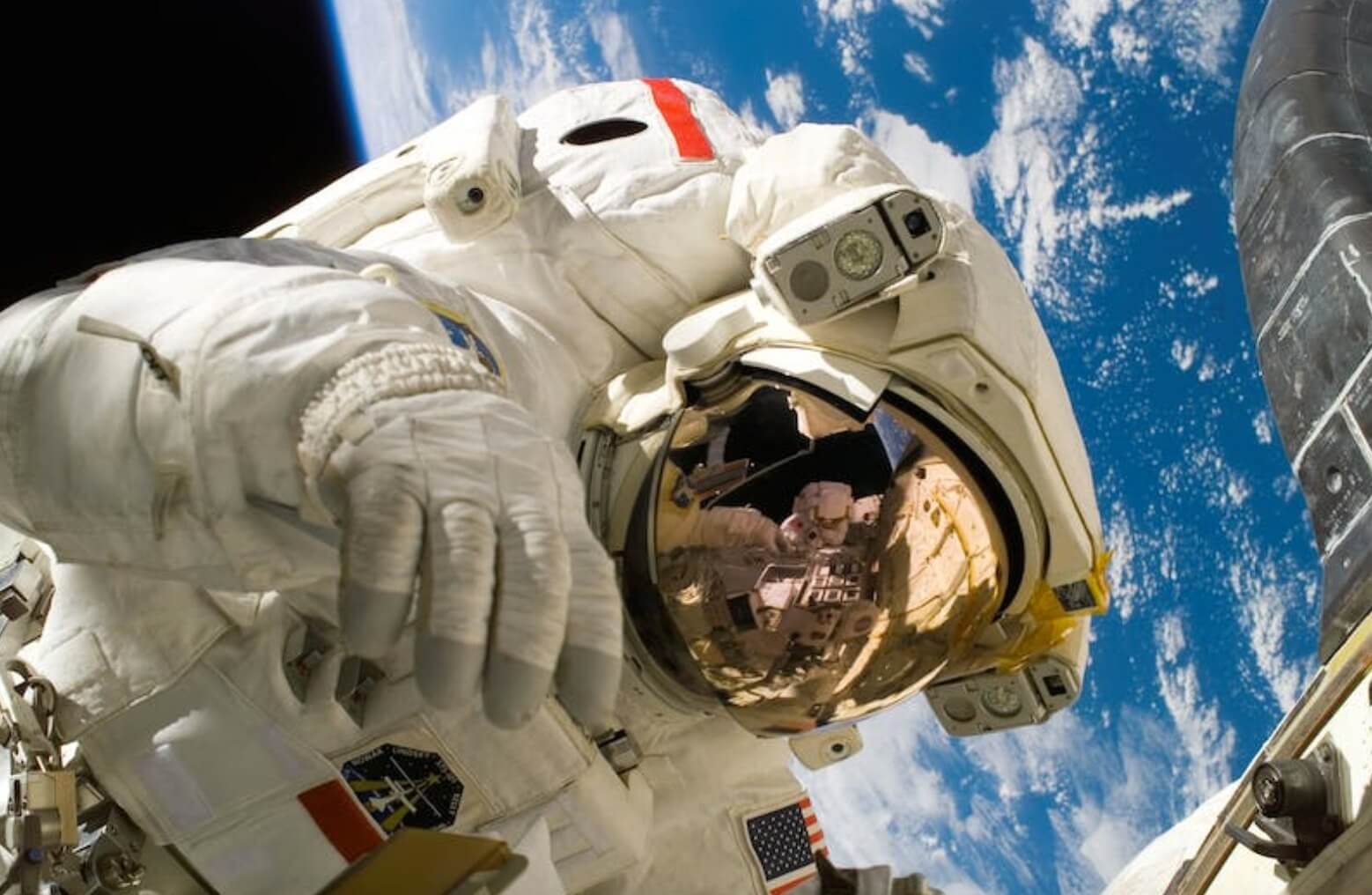
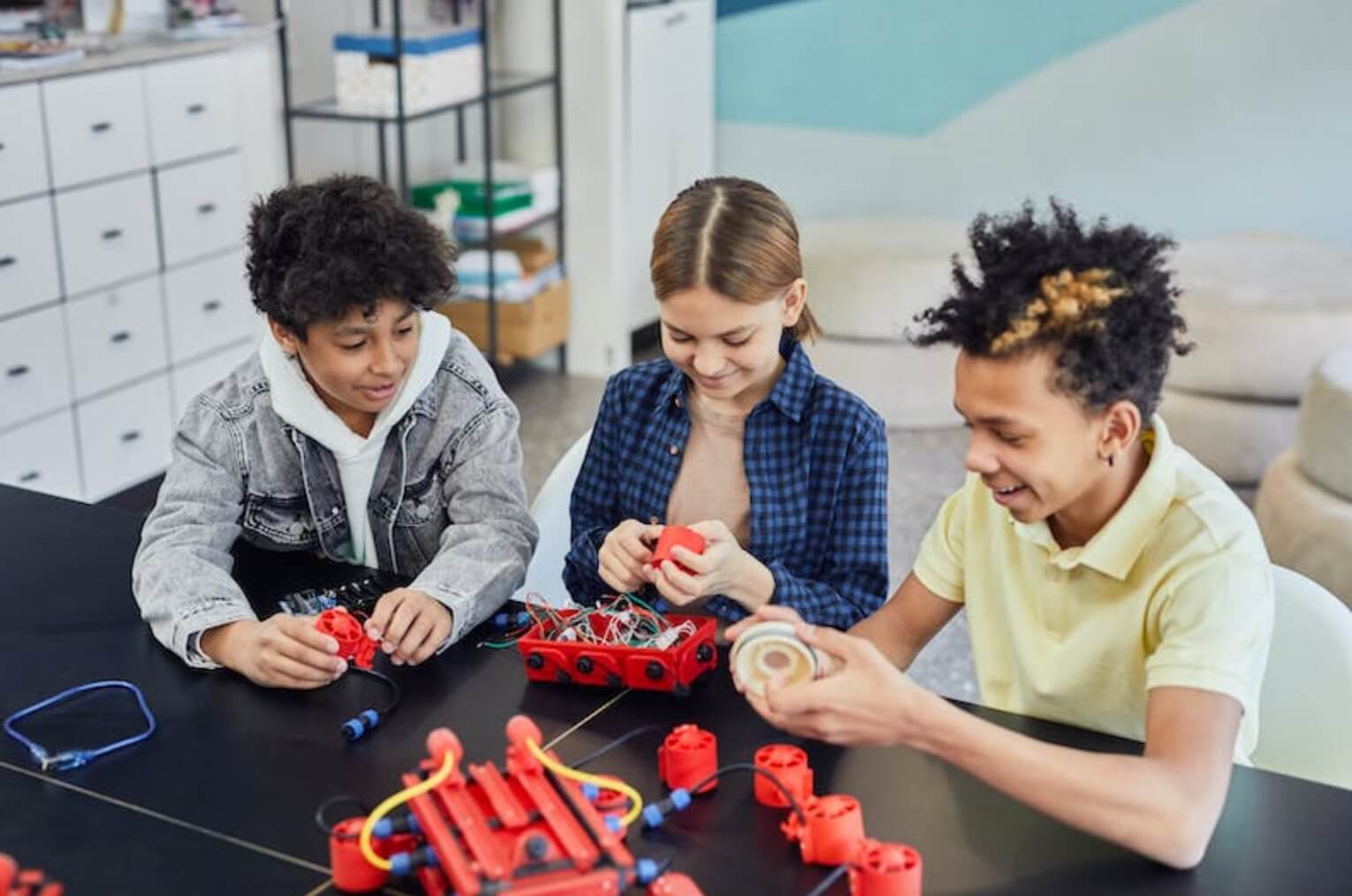
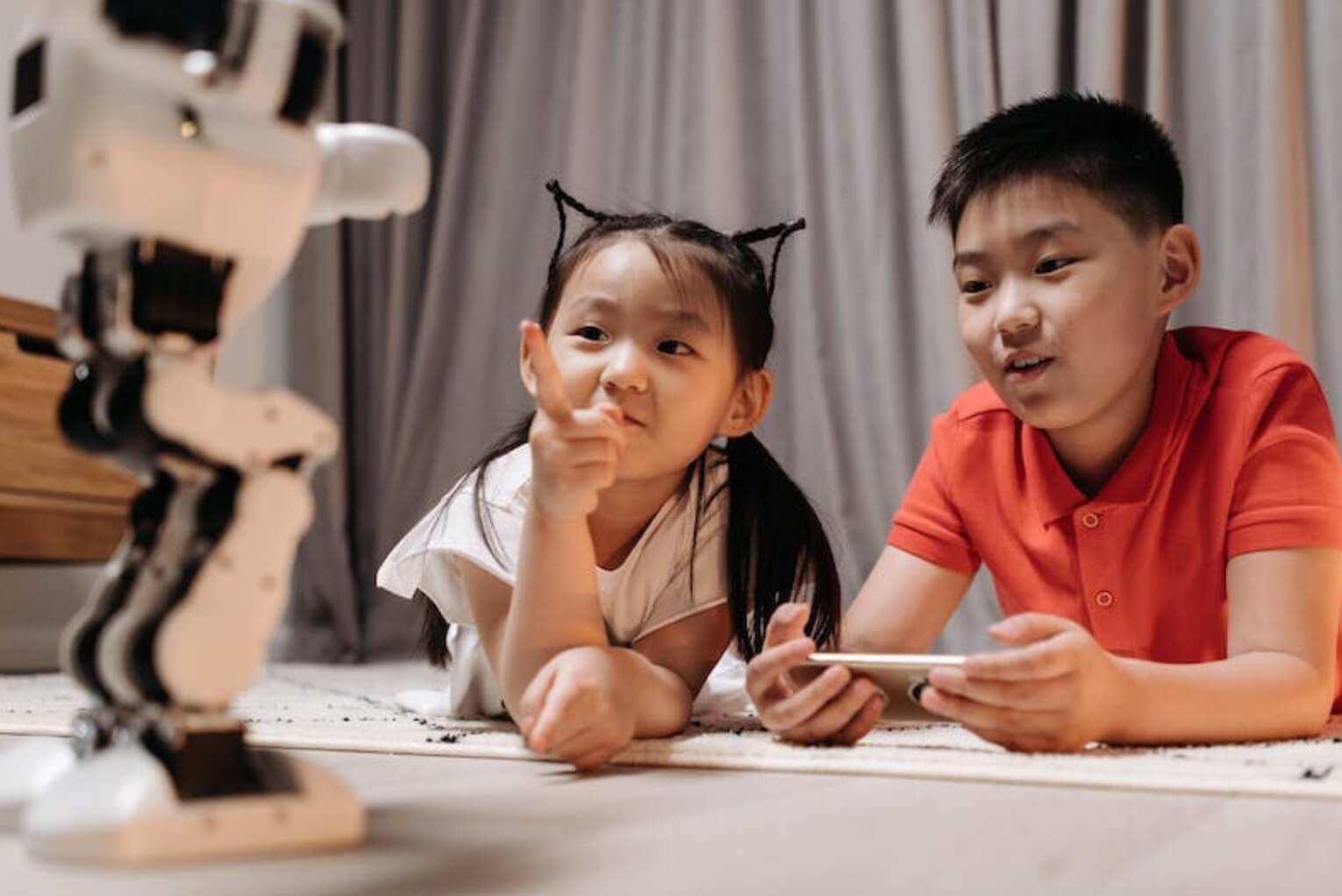
Spreading awareness about environmental issues is more crucial now than ever before, but finding solutions to these problems is just as important. It's necessary for younger generations to be involved in environmental conservation. Some examples of STEM projects related to the environment are below.
Clean water is a dwindling resource, so designing and implementing a novel water collection or treatment system to efficiently purify and manage water resources can be especially helpful in regions facing water scarcity.
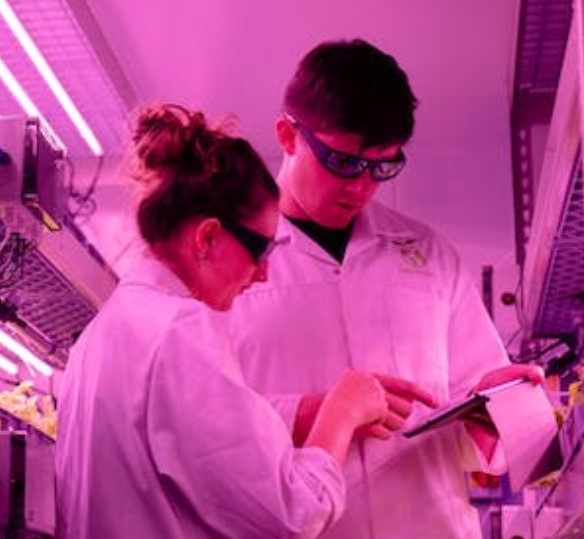

Students can create an integrated waste management system that optimizes waste collection, recycling, and disposal for a cleaner and more sustainable environment. As mentioned before, increasing the efficiency of renewable energy sources can help save energy, reduce pollution, and minimize the use of non-renewable resources.
Students may develop projects focused on optimizing agricultural techniques using unique methods and tailoring them to meet the needs of their local community.
Air pollution is a major type of pollution prevalent in many major cities. Using an air quality monitoring station to measure pollutants in the local air to identify the issue, and finding solutions to reduce air pollution can help minimize the negative health impacts of breathing polluted air for current and future generations.
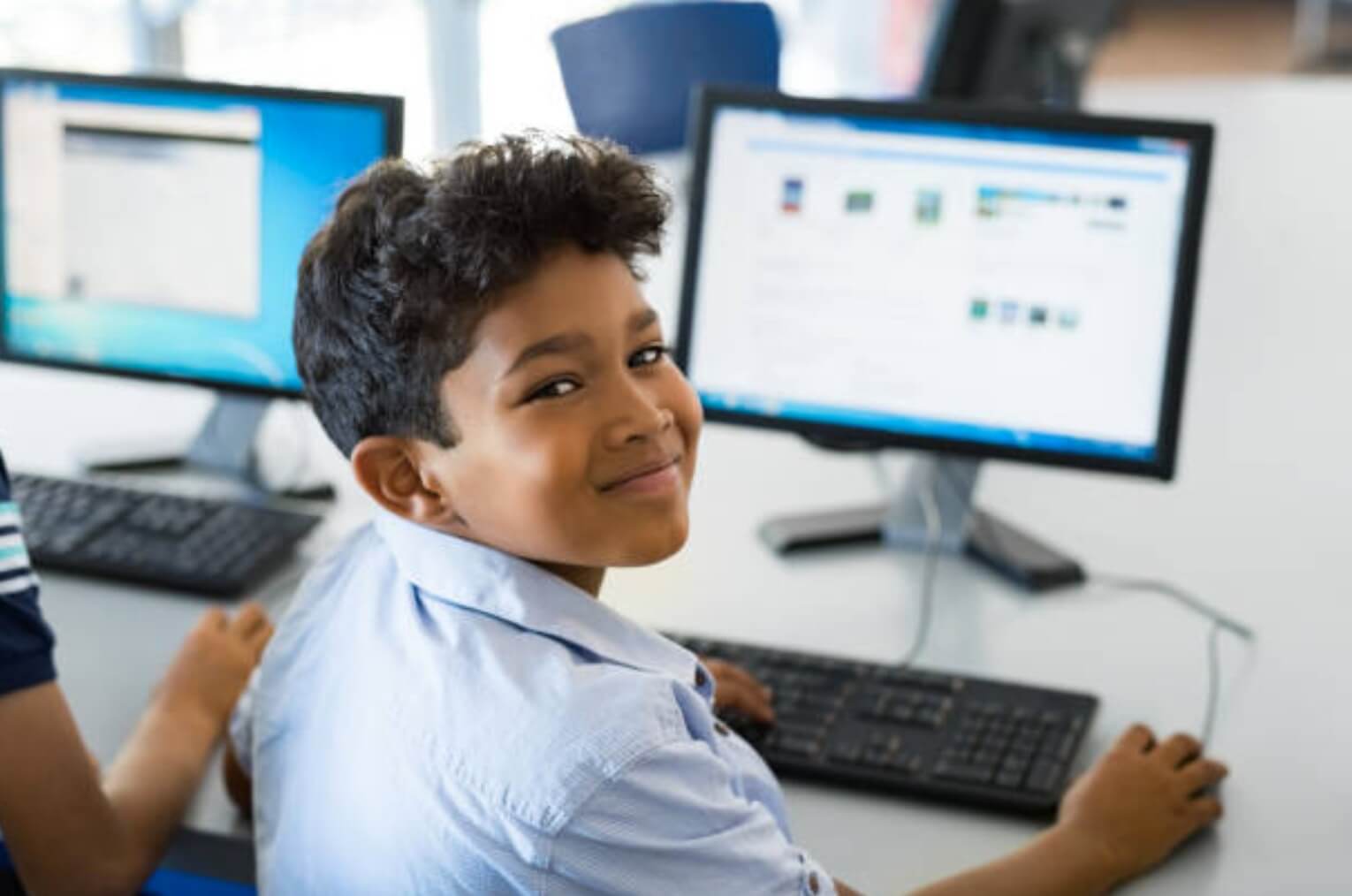
Projects related to computer science or artificial intelligence (AI) are a fantastic way to explore cutting-edge technologies, develop practical skills, and showcase creativity. Here are some example projects in these domains:
By designing and developing a mobile app that tracks users' fitness activities, provides workout plans, monitors progress, and integrates data from wearable devices, students can not only gain a deeper understanding of fitness and the human body, but also gain experience within programming real world applications.
By developing a computer vision system that can recognize and track objects in a video stream, students can learn to harness AI for security, surveillance, or robotics applications.
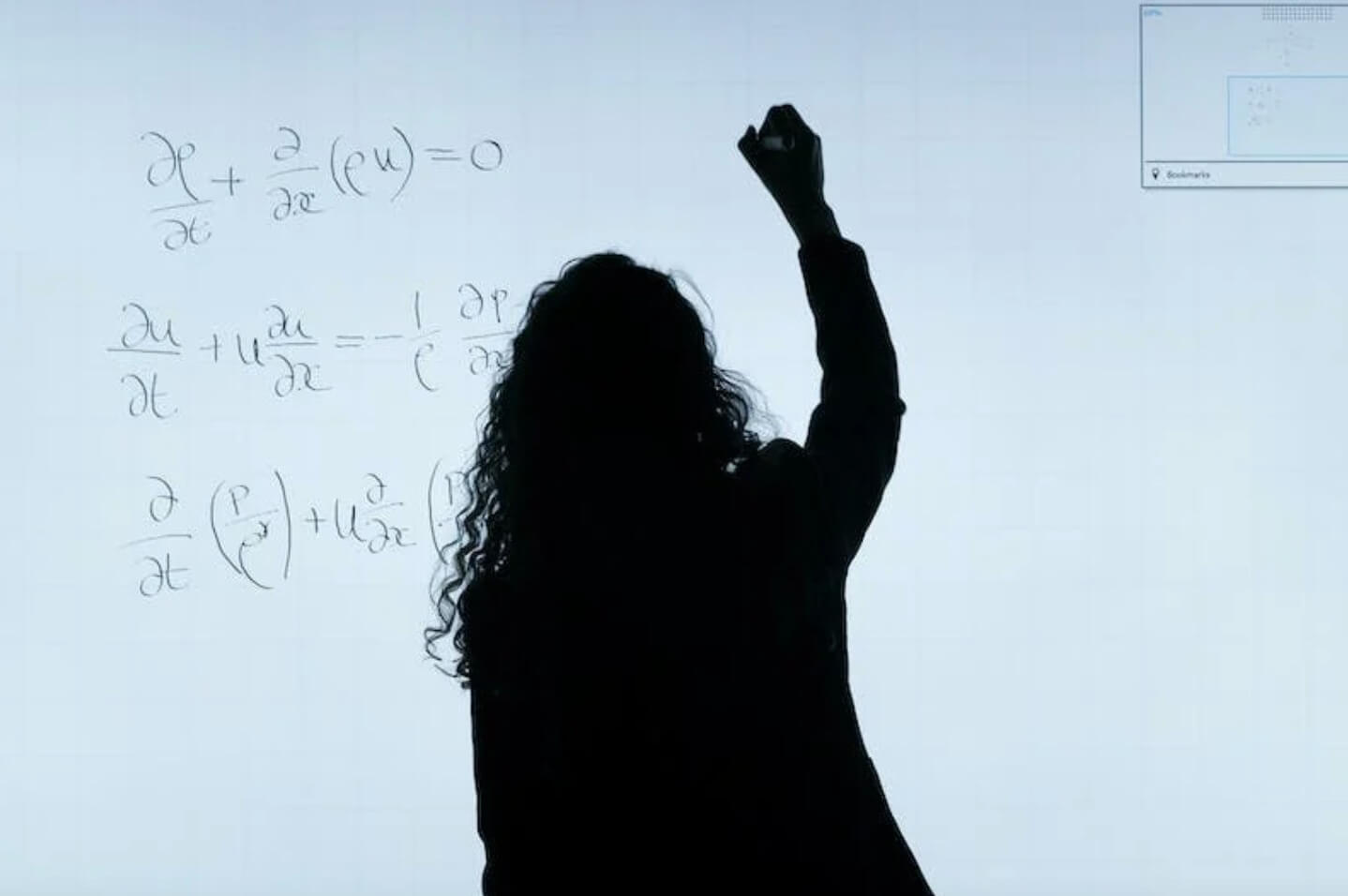
By creating a system that analyzes healthcare data to predict disease trends, patient outcomes, statistical modeling and machine learning techniques can be used to utilze healthcare resources and create personalized plans.
Students can create an AR or VR application to provide an immersive and interactive educational experience, such as virtual tours of historical landmarks or interactive biology lessons. They can also ultilize this technology for other purposes, such as reducing phobias or as treatment for phantom limb sensation (PLS).
Projects relating to medicine offer valuable hands-on experience, encourage critical thinking, and contribute to advancements in medicine, biology, and related disciplines. They often foster a deeper understanding of complex concepts and inspire future scientists and healthcare professionals. Here are some example projects that can fall into this category:
Investigating the effects of various compounds on bacterial growth and studying how different antibiotics affect antibiotic-resistant strains can allow us to create more effective treatments for bacteria and utilize bacteria in more beneficial ways.
Orthopedic devices such as braces or prosthetics can be designed to improve mobility and quality of life for individuals with musculoskeletal conditions.
By creating interactive digital learning modules to help students understand human anatomy and physiology, 3D models and virtual reality can be used to promote education in areas where educational techniques such as dissections are not feasible.
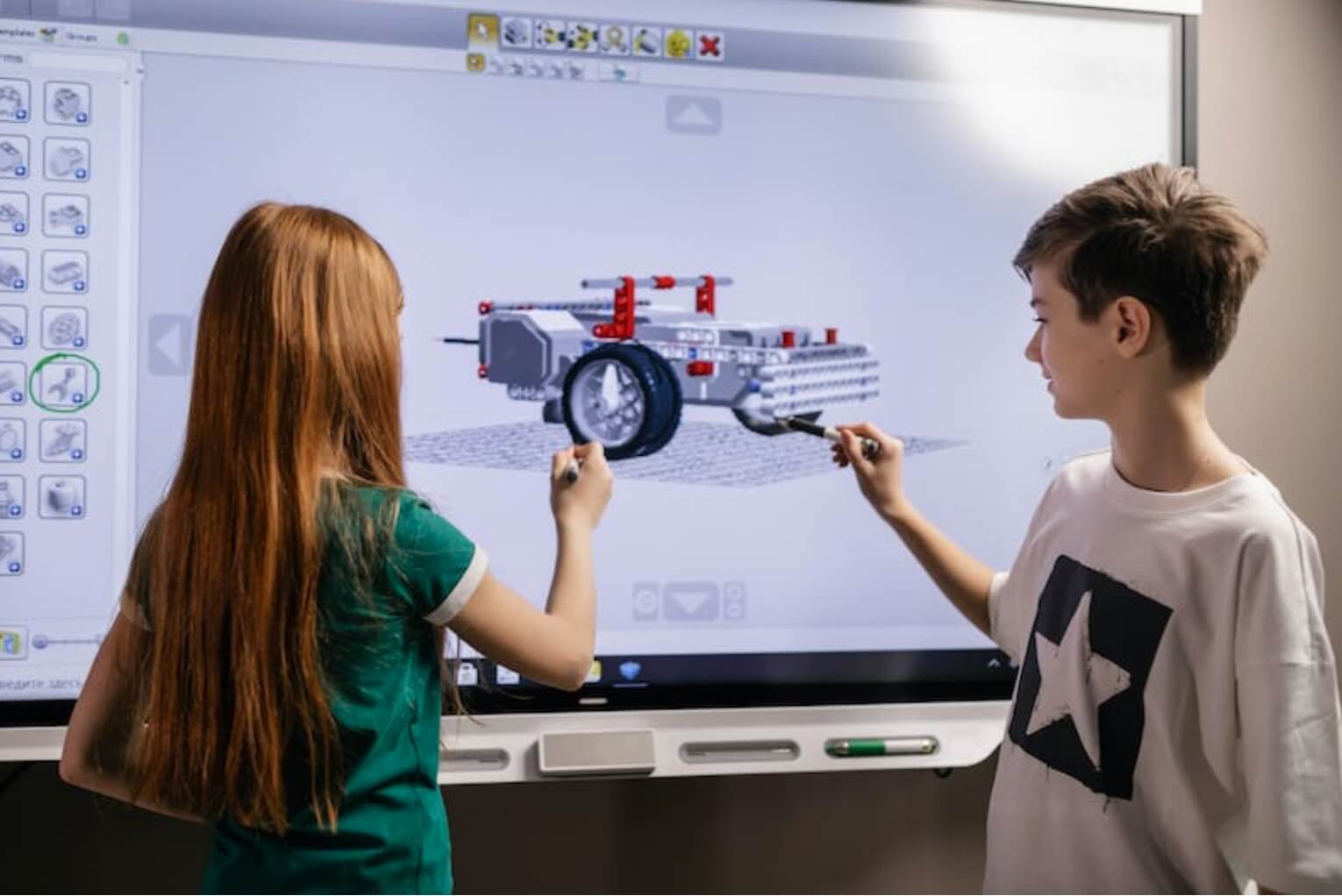
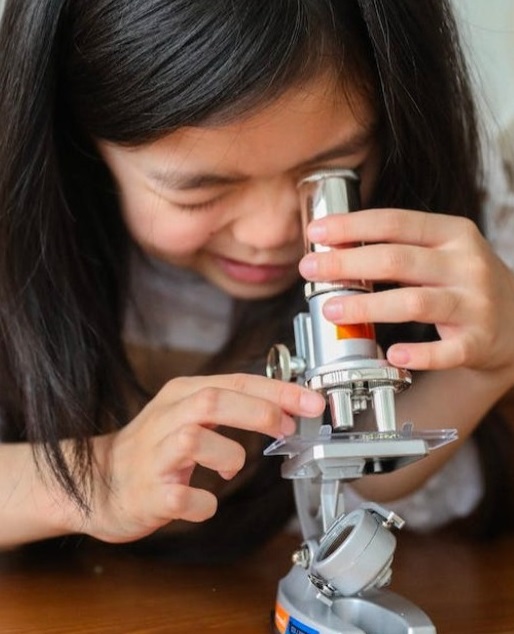
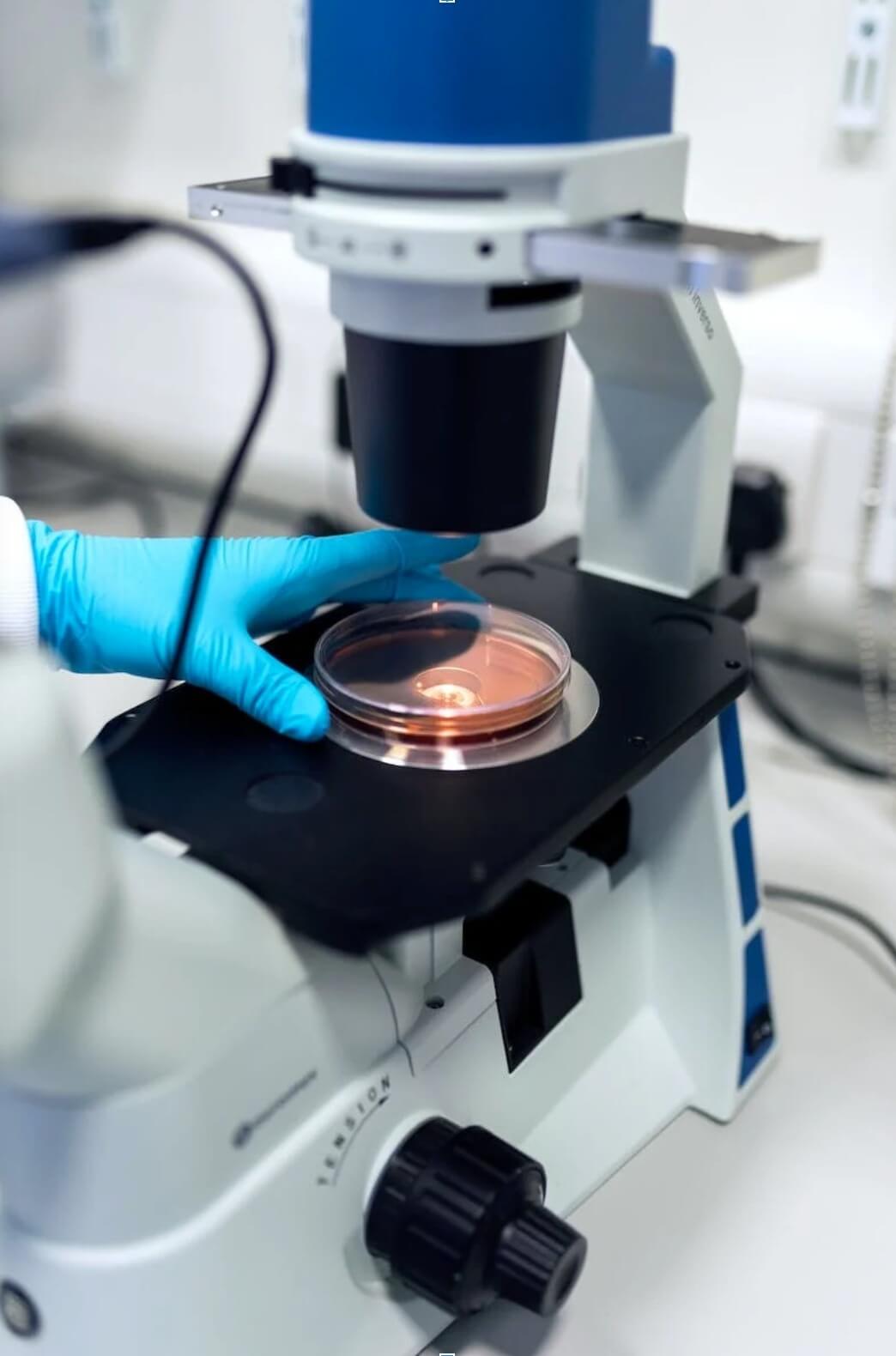
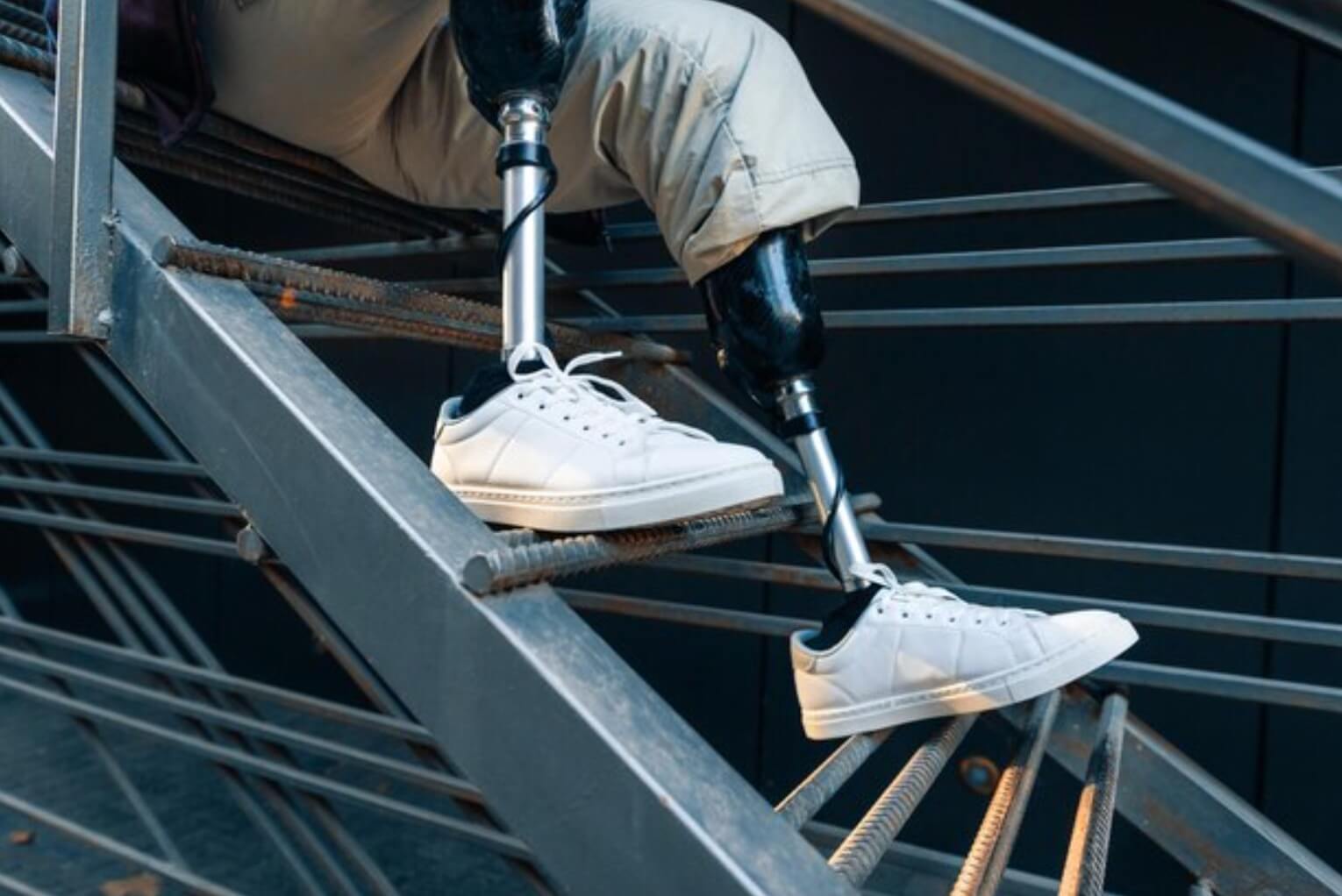
© Copyright 2024 All Rights Reserved